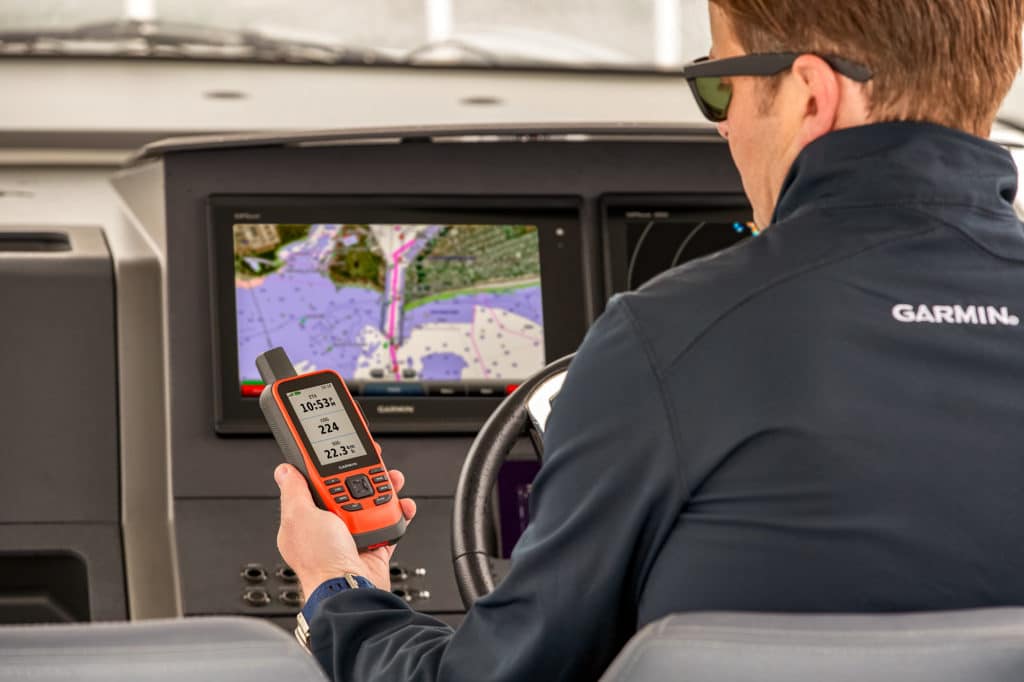
Mother nature has long dictated that all rivers don’t flow evenly. This imbalance also holds true for the marine market, where marine electronics represent a significantly deeper and faster-flowing tributary than, say, naval architecture. The speed with which helm and safety equipment evolve was especially apparent during recent boat shows, where the marine-electronics tents were filled with bright lights and brighter ideas.
One of the most talked-about offerings was Vesper Marine’s Cortex safety-and-communications platform. This system streamlines VHF radio operations and delivers automatic information system, cellular, digital selective calling and Wi-Fi communications to a smartphone app or dedicated handset. Better still, Cortex gives users prioritized “situation views” for managing AIS targets, anchor-watch alarms and man-overboard emergencies, as well as on- and off-vessel smart alarms.
Likewise, Raymarine has scored big headlines with its prototype DockSense technology, which works with a yacht’s drive systems to provide an automated docking experience. This past fall, Raymarine unveiled its commercially available DockSense Alert system, which consists of a Raymarine Axiom multifunction display; the DockSense Alert app; a black-box processor; and one ($6,000), three ($10,000) or five ($15,000) FLIR-built stereo cameras bundled with built-in attitude and heading reference system (AHRS) sensors, which eliminate vessel movement.
There’s also a separate Raymarine AHRS and GPS module. Once installed, DockSense Alert significantly increases situational awareness by creating a precise, nearly 540-square-foot map of a boat’s surroundings—giving users real-time sensor metrics—and constantly scanning each camera’s range for nonwater objects.
Speaking of FLIR, Raymarine’s parent company has five new M300-series cameras. These include the daylight-only M300C ($6,500), which delivers a 30x optical zoom and a 12x digital zoom; the M332 ($8,500) thermal-imaging camera, which uses a Boson 320 core to deliver 340-by-256 thermal-image resolution; and the M364 ($14,200), which employs a Boson 640 thermal core to yield a 640-by-512 resolution. Next up is the M364C ($20,500), which includes the M300C’s daylight camera and a Boson 640 thermal core; followed by FLIR’s M364C LR ($29,500), which has a Boson 640 thermal core, the M300C’s daylight camera, a narrower field of view and advanced software that yields longer-range imagery.
Garmin’s big news involves four GPSMap 86 handheld navigation devices. All four units have 1.5-inch-by-2.5-inch screens, 16 gigabytes of onboard storage and rechargeable lithium-ion batteries. And all four models can stream real-time data from compatible Garmin-built MFDs. They can also remotely and wirelessly control a yacht’s compatible Garmin-built autopilot.
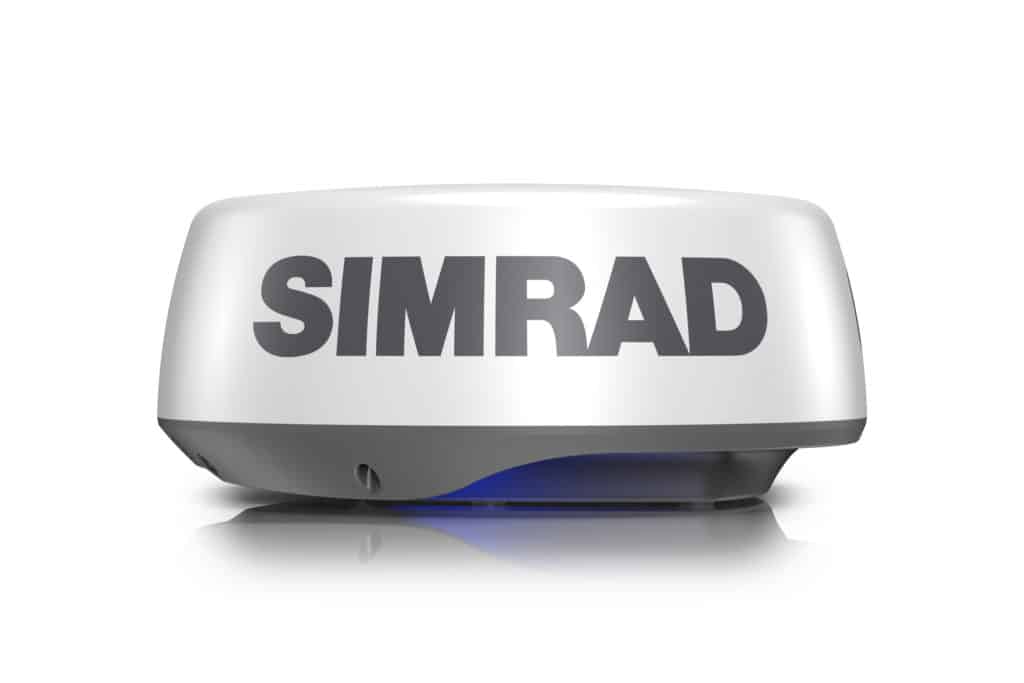
While all four handhelds provide significant navigation capabilities, not all GPSMap 86 handhelds are created equally. The GPSMap 86s ($400) comes with a base map and lets customers upgrade to Garmin’s optional BlueChart g3 cartography, while the GPSMap 86sc ($450) comes standard with this premium cartography pre-loaded. Garmin’s two top-end GPSMap 86 handhelds—the GPSMap 86i ($600) and the GPSMap 86sci ($650)—can send and receive satellite communications globally using Iridium’s Short Burst Data Service. The satcom feature provides the ability to send and receive two-way SOS communications and to access satellite weather forecasts. The GPSMap 86sci ships with Garmin’s BlueChart g3 cartography, while GPSMap 86i customers can buy this separately.
ACR Electronics introduced its Overboard Location Alert System transmitters, which are complemented by the SM-3 Automatic Buoy Marker Light. SM-3s ($130) are water-activated and self-righting, and they are designed to be thrown into the water after a man overboard, like a horseshoe life buoy. Once active, SM-3 lights provide 24-plus hours of continuous operation at 30 degrees Fahrenheit and are visible from 360 degrees for about 2 miles.
Onscreen visibility was on Simrad’s mind when it designed the Halo20 and Halo20+ pulse-compression radars, which come bundled in 20-inch radomes and weigh in at 11 pounds apiece. Both the Halo20 ($1,700) and the Halo20+ ($2,200) have Simrad’s InstantOn technology; four dedicated operating modes (bird, harbor, offshore and weather); dual-range capability; and the ability to track as many as 10 user-selected mini-automatic radar plotting aid (MARPA) targets at each range (20 targets total).
Both radars also deliver a range of 24 nautical miles, however, Simrad added extra processing power to the Halo20+. This boost comes in the form of Simrad’s VelocityTrack Doppler processing, which automatically color-codes targets based on the level of navigable danger they present. (While the Halo20+’s MARPA capabilities are limited to 10 user-selected targets per range, there’s no limit to the number of VelocityTrack targets it can track.) The Halo20+ also executes a 360-degree sweep once per second, and it spins at 60 rpm when examining ranges of up to 1.5 nautical miles. These latter attributes make the Halo20+ better at picking out fast-moving targets at close ranges.
Digital Yacht’s TriNav GPS160 position sensor uses a 72-channel GPS (United States), GLONASS (Russia) and Galileo (European Union) receiver to deliver position accuracy that’s typically within about 3 feet. The TriNav GPS160 ($190) updates at a user-selectable rate of up to 18 Hz (18 times per second), and it delivers accuracy by blending data from all three satellite systems—alternatively, users can opt to use data from just one particular system. The position sensor employs an anti-spoofing algorithm and is NMEA 0183-compatible, however, users also can buy versions compatible with NMEA 2000, USB, wireless and SeaTalk1.
Finally, because yachts are complex creatures, Blue Sea Systems’ M2 Vessel Systems Monitor promises to simplify the task of monitoring some of the complexity. The M2 VSM ($410) scrutinizes a vessel’s AC and DC electrical systems, and bilge and tank levels, while delivering NMEA 2000 compatibility. The tidy-size M2 VSM employs an OLED screen, and it provides comprehensive systems alarms such as high and low voltage, and high and low bilge and tank levels.
New Electronics
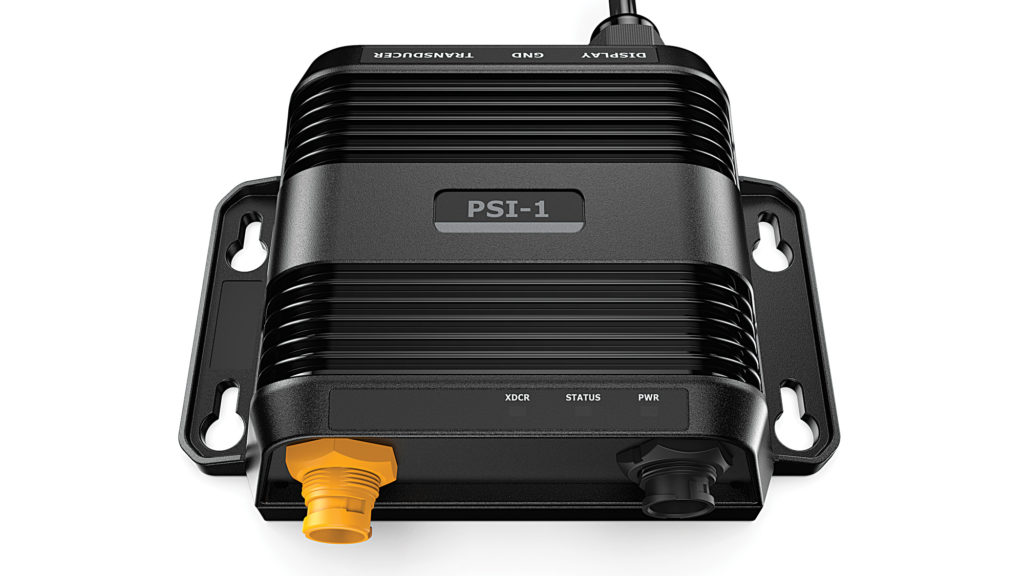
Lowrance’s PSI-1 sonar module delivers LiveSight Sonar capabilities to HDS Carbon multifunction displays (with a separate LiveSight transducer). LiveSight Sonar allows for traditional-view and real-time sonar, with the latter creating a videolike experience that can show fish striking lures. PSI-1 ($300) modules can be networked directly to HDS Carbon MFDs by way of sonar ports and Ethernet connections. Check it out, at lowrance.com.
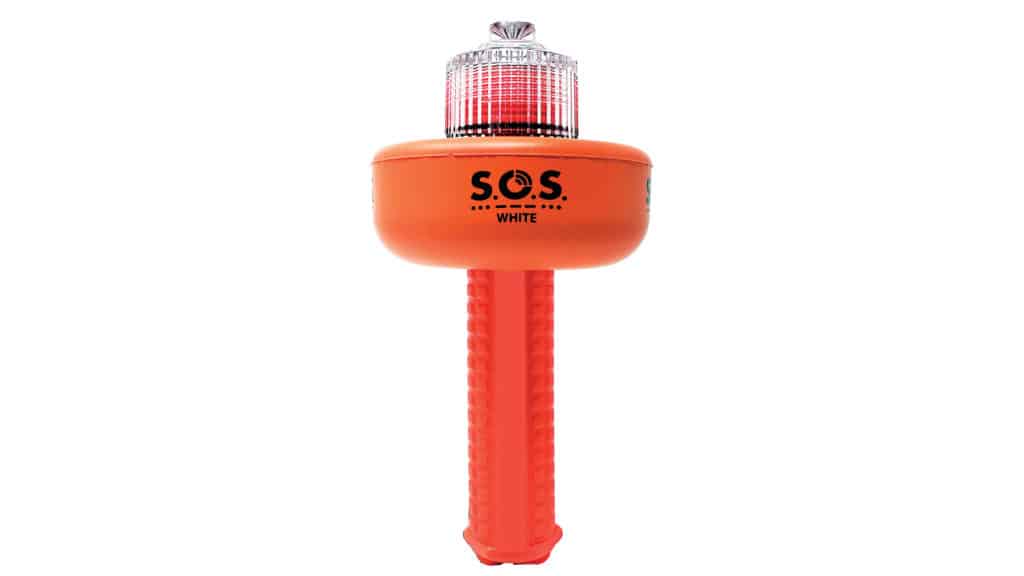
Sirius Signal’s electronic visual distress-signal devices include the Bluetooth-enabled, dual-color C-1002 ($290 with app) and C-1003 ($90), both of which use LED bulbs. The C-1002 has a heat sink that allows it to deliver the same output as a 20-watt conventional light without overheating, while the C-1003 meets the US Coast Guard’s standards for night, day and audible distress signals. Check it out, at siriussignal.com.
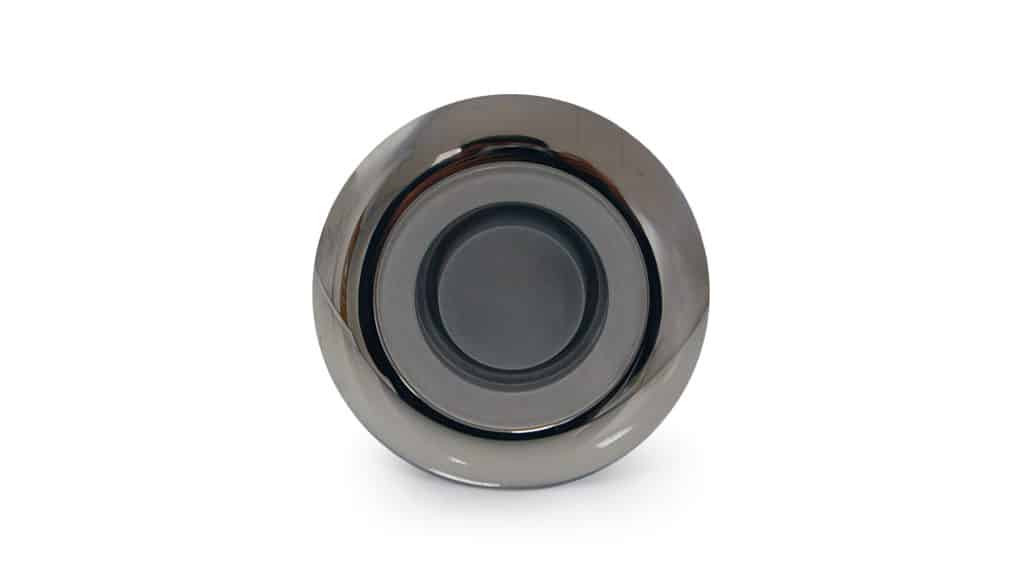
Lumishore’s line of marine-grade Lux LED lighting solutions ($30 to $245) is designed to work with DC-power systems to deliver the right ambience. Lux lights are color-tunable and include down lights, courtesy lights, strip lights and Neon Flex lights that can be controlled by most third-party multifunction displays, Lumishore’s touchscreen display or switches, or via a wireless device and Lumishore’s app. Check it out, at lumishore.com.









